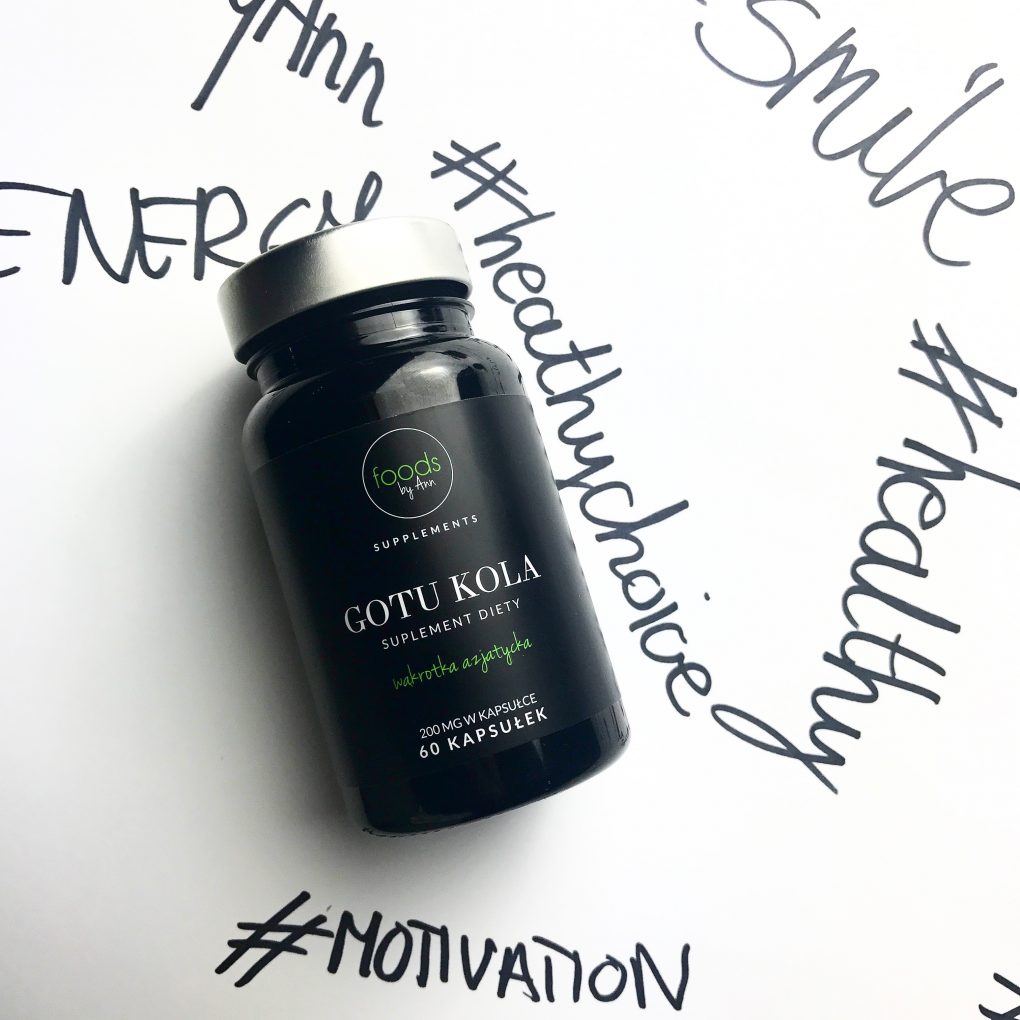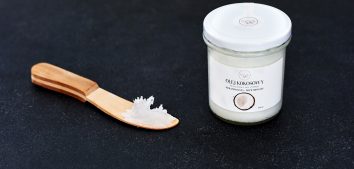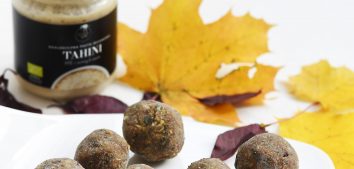
Benefits of Gotu Kola
Benefits of Gotu Kola
Gotu Kola (Centella asiatica) is an important medicinal herb used in many Asian countries. This plant has been used in India, Indonesia and China for centuries. The name Gotu Kola comes from ancient Chinese medical records and means “a wonderful elixir of life”. In the nineteenth century, the extracts of this plant were added to the Indian pharmacopoeia, where they were recommended for: better wound healing, treatment of skin diseases, treatment of women’s problems (lack of menstruation, diseases of the genitourinary system), fever and diarrhea.
Bioactive ingredients of Gotu Kola
The main active ingredients of Gotu Kola are saponins (also called triterpenoid). Saponins are responsible for supporting the wound healing process and improving the condition of blood vessels by increasing the production of collagen. Gotu Kola extract contains a lot of active ingredients, which include: tannins (natural tannins), phytosterols (campesterol, sitosterol, stigmasterol), mucus, resins, free amino acids (alanine, serine, aspartic acid, glutamic acid, lysine and threonine) , flavonoids (derivatives of kempferol), alkaloids, glycosides and unsaturated fatty acids.
Gotu Kola and wound healing
Extracts from Gotu Kola have been used for wounds for centuries and the latest research confirms their effectiveness. Preclinical studies show that Centella asiatica extracts applied to open wounds of rats (3 times a day for 24 days) resulted in increased cell proliferation and increased collagen synthesis. Subsequent studies have also shown that the newly formed tissue exhibits greater tensile strength. Extracts also inhibit the inflammatory process that can cause overgrowth of scars.
Effects on the nervous system
Gotu Kola is widely used in Asia as a sedative, anxiolytic and anti-depressant. Calming properties are associated with the presence of specific glycosides – the gonoside and braminozide, whereas the anxiolytic effect is mainly attributed to the binding of cholecystokinin receptors. Animal studies show that Gotu Kola extracts mix the animals’ immobility time and affect the level of corticosterone in the brain by acting as anti-depressant. It is also known that Centella asiatica raises the level of gamma-aminobutyric acid, which may be useful in the treatment of anxiety. Two-month administration of the extract allowed patients to improve their mood and cognitive functions.
Stomach problems
Animal studies have shown that Gotu Kola extracts suppress stress-induced gastric ulceration. Antiulcer activity was compared to famotidine (a proton pump inhibitor). Both the drug and the herbal extract showed a dose-dependent reduction in gastric ulcer. Another study proved that the fresh Gotu Kola juice can protect the mucous membrane of the stomach from the action of harmful substances such as ethanol or aspirin. The extract, administered orally, twice a day for five days, showed protective action against the mentioned factors.
Anti-inflammatory properties
Gotu Kola has been used for many years in Asian medicine as an anti-inflammatory and as a pain killer. This effectiveness has been confirmed on the animal model. It has been shown that the administration of extracts reduced the synthesis of prostaglandin E2 during an induced inflammatory reaction. Another study showed that the extract helped to reduce the amount of antibodies in rheumatoid arthritis.
Additional properties
Many clinical trials have been carried out on patients struggling with various diseases. In many of them, the extracts from Centella asiatica were effective. Studies have shown that extracts are helpful in the prevention of cardiovascular disease, thanks to the ability to improve the integrity of the uveitis and microcirculation. It has also been shown that the use of local supplements with Gotu Kola have a beneficial effect on reducing the appearance of scars observed during wound healing. In addition, creams containing extracts from this plant reduce stretch marks that many women develop during pregnancy.
Sources:
- Gohil KJ, Patel JA, Gajjar AK. Pharmacological Review on Centella asiatica: A Potential Herbal Cure-all. Indian Journal of Pharmaceutical Sciences. 2010;72(5):546-556. doi:10.4103/0250-474X.78519.
- Sunilkumar, Parameshwaraiah S, Shivakumar HG. Evaluation of topical formulations of aqueous extract of Centella asiatica on open wounds in rats. Indian J Exp Biol. 1998;36:569–72.
- Chen Y, Han T, Qin L, Rui Y, Zheng H. Effect of total triterpenes from Centella asiatica on the depression behaviour and concentration of amino acid in forced swimming mice. Zhong Yao Cai. 2003;26:870–3.
- Ganachari MS, Babu V, Katare S. Neuropharmacology of an extract derived from Centella asiatica. Pharm Biol. 2004;42:246–52.
- Farhana KM, Malueka RG, Wibowo S, Gofir A. Effectiveness of Gotu Kola Extract 750 mg and 1000 mg Compared with Folic Acid 3 mg in Improving Vascular Cognitive Impairment after Stroke. Evidence-based Complementary and Alternative Medicine : eCAM. 2016;2016:2795915.
- James JT, Dubery IA. Pentacyclic Triterpenoids from the Medicinal Herb, Centella asiatica (L.) Urban. Molecules 2009;14:3922-3941.










Comments No Comments
Join the discussion…